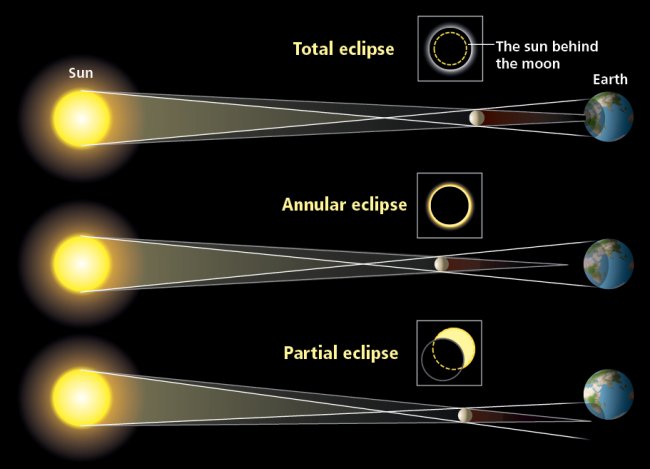





Disclaimer: Copyright infringement not intended.
Details
Facts about Annular Solar Eclipse

Types of solar eclipse
|
PRACTICE QUESTION Consider the following statements:
A) 1 and 2 only B) 1 and 3 only C) 2 and 3 only D) All of the above Answer: A |






© 2025 iasgyan. All right reserved